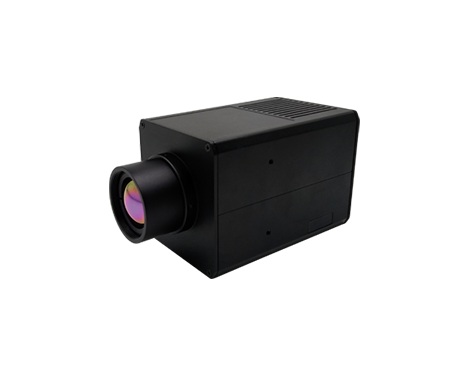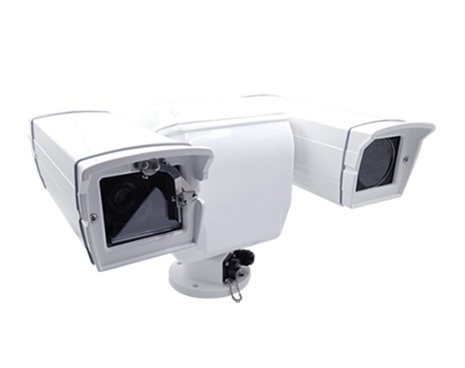According to different forms of use, infrared cameras can be divided into online thermal imaging cameras and portable thermal imaging cameras. Here we will discuss the usage and application of online thermal imaging camera compared to portable infrared camera.



Portable thermal imaging cameras are generally used in situations where continuous use is not required 24 hours a day, such as daily inspections, troubleshooting, quality inspection, law enforcement patrols, etc. Online thermal imager is generally used in situations where continuous monitoring is required for 24 hours, such as petroleum refining, chemical production, security, etc.
Portable thermal imaging camera has batteries, while online thermal imaging cameras require external real-time power supplies.
A portable thermal imaging camera with handle, flexible to use, ready to use, can be used anywhere. The online thermal imaging camera needs to be fixedly installed, and generally only the infrared thermal image in the fixed area can be seen. Of course, if you choose ULIRVISION's PTZ and manual or electric focus lens, you will see a larger area.
Unlike portable thermal imaging cameras, PC software for general online IR CCTV camera is more powerful and richer. The online thermal imaging camera not only displays the infrared heat map in real-time but also displays the high or low-temperature point change curve in the heat map in real-time.
One thing that is different from a handheld thermal imager is that the online type is fixed around the object to be monitored. Online thermal imaging cameras can be installed almost anywhere, monitoring critical equipment or other important assets. It can help you protect the production site, monitor the site conditions, and allow you to detect abnormal conditions in advance, thus avoiding property damage, downtime, and ensuring workers' safety.
Online thermal imager is mainly used in petroleum refining and mining, petrochemical plants: methane treatment, transportation, and storage, storage area fire protection, monitoring of refractory lining, an inspection of flames, quality control of production processes.
